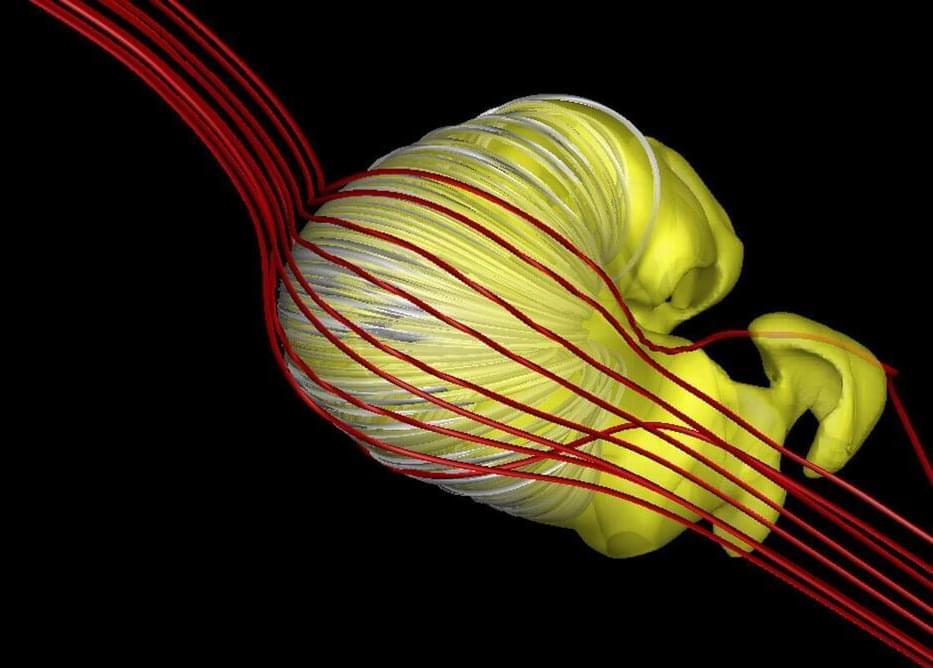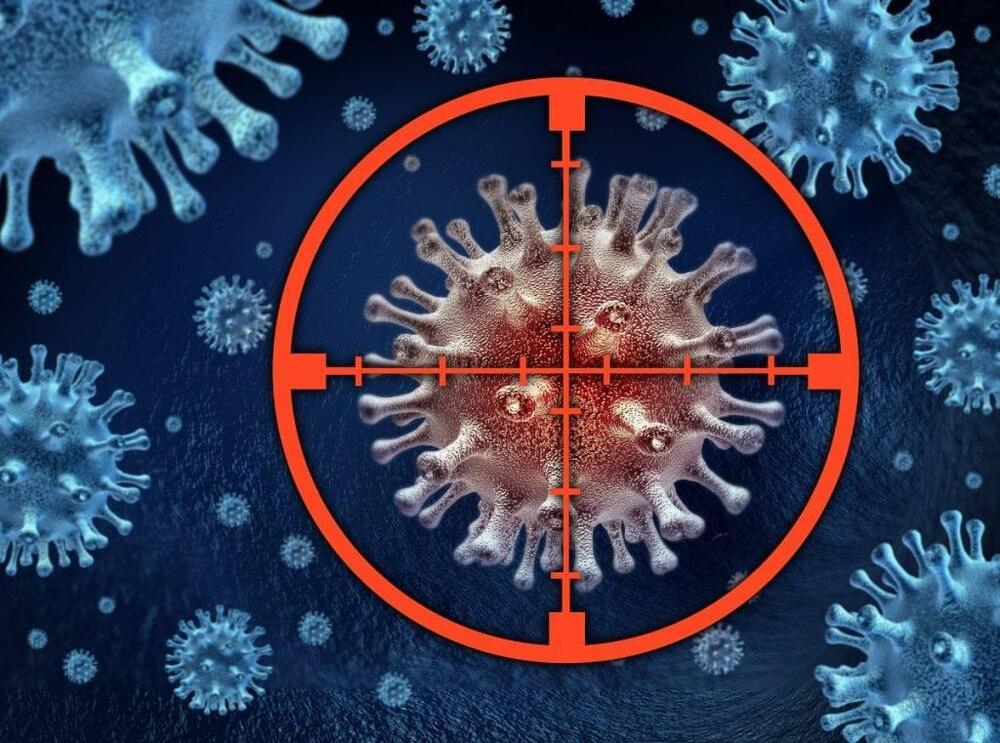A multi-institutional team of astrophysicists headquartered at Boston University, led by BU astrophysicist Merav Opher, has made a breakthrough discovery in our understanding of the cosmic forces that shape the protective bubble surrounding our solar system—a bubble that shelters life on Earth and is known by space researchers as the heliosphere.
Astrophysicists believe the heliosphere protects the planets within our solar system from powerful radiation emanating from supernovas, the final explosions of dying stars throughout the universe. They believe the heliosphere extends far beyond our solar system, but despite the massive buffer against cosmic radiation that the heliosphere provides Earth’s life-forms, no one really knows the shape of the heliosphere—or, for that matter, the size of it.
“How is this relevant for society? The bubble that surrounds us, produced by the sun, offers protection from galactic cosmic rays, and the shape of it can affect how those rays get into the heliosphere,” says James Drake, an astrophysicist at University of Maryland who collaborates with Opher. “There’s lots of theories but, of course, the way that galactic cosmic rays can get in can be impacted by the structure of the heliosphere—does it have wrinkles and folds and that sort of thing?”





